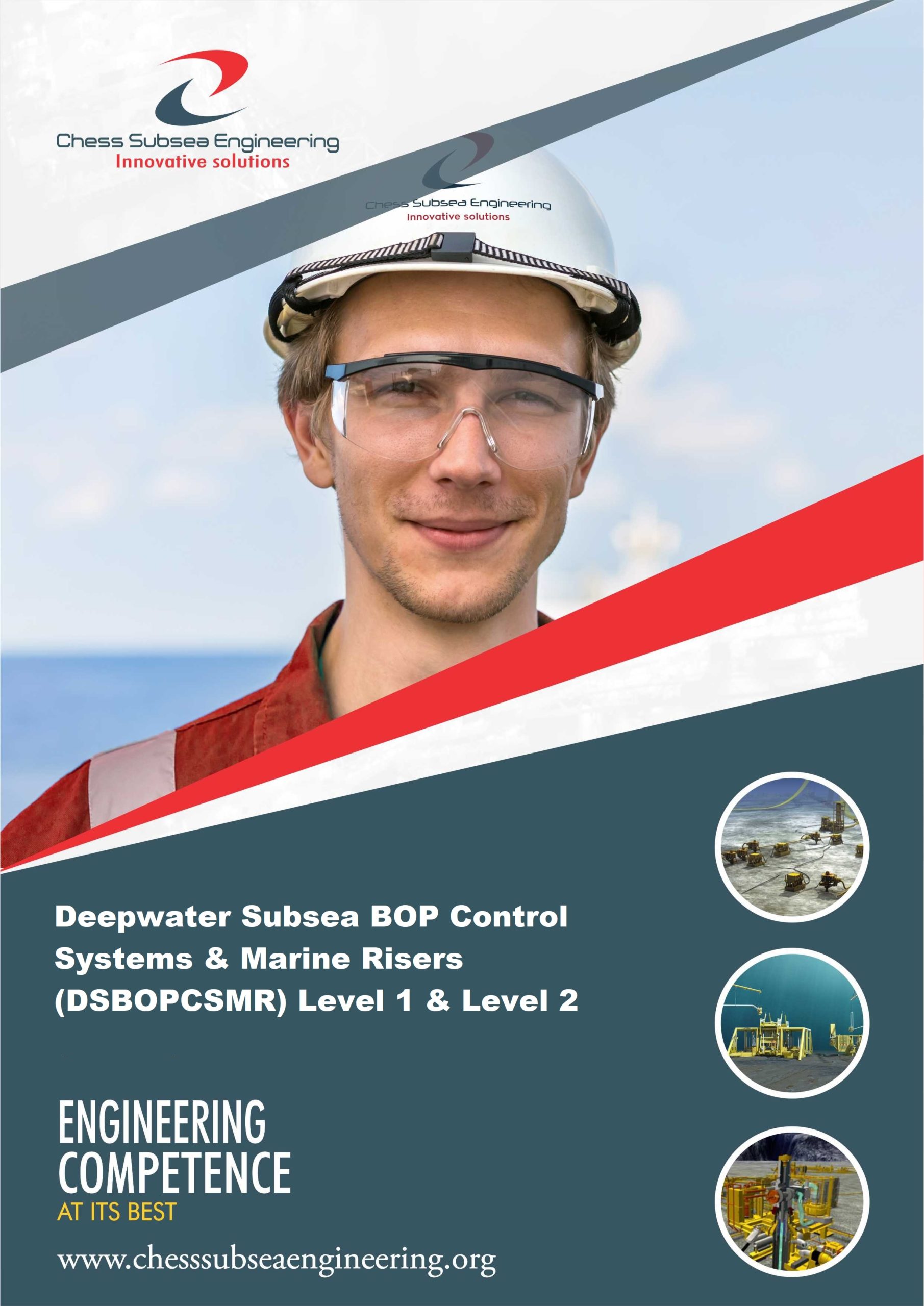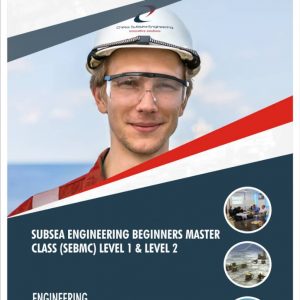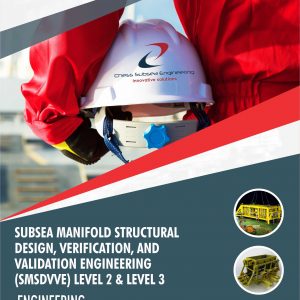Description
Deepwater Subsea BOP Control Systems and Marine Risers are critical components of offshore drilling operations. A Blowout Preventer (BOP) is a large valve system that is used to control the flow of oil or gas in the event of a blowout or other catastrophic event during drilling. It is located at the top of the wellbore and is connected to the drilling rig through a marine riser, which is a pipe that extends from the sea floor to the surface.
The BOP control system is responsible for remotely operating the BOP and other subsea equipment from the drilling rig. It typically includes a series of hydraulic valves and pipes that run along the marine riser and connect to the BOP. The control system can be operated manually or through automated systems that monitor the well pressure and other critical parameters.
The marine riser is a critical component of the drilling operation as it connects the BOP and other subsea equipment to the drilling rig. It is typically a steel pipe that is reinforced with layers of steel or synthetic fibers to withstand the extreme pressures and forces that occur during drilling operations. The marine riser must also be flexible enough to accommodate the movement of the drilling rig in response to wind and waves.
DSBOPCSMR Level 1 & Level 2 covers Introduction to BOP Control System, Indirect Hydraulic system, Multiplex Electro Hydraulic (MUX) system, Acoustic System, Manufactures of BOP Control System, Subsea BOP Control System Configuration, Hydraulic Power Unit, Subsea Bop Control System Components, Leaks Trouble Shooting Procedures, Malfunctions Trouble Shooting Procedures, Marine Riser Components, Marine Riser Inspection and Maintenance, Testing Periods, Testing During Operation, A.P.I. Regulations on Closing Units, Types of Tests, Hydraulic Operator Test, Job Safety Analysis for BOP Maintenance and Inspection and more.
Course Outline
Introduction to BOP Control System
Indirect Hydraulic system
Multiplex Electro Hydraulic (MUX) system
Acoustic System
Manufactures of BOP Control System
Overview of Subsea BOP Control System Configuration
Subsea BOP Control System – Equipment List
General Operating BOP Control System Sequence
General Operating BOP Control System Sequence – Pilot Fluid Circuit
General Operating BOP Control System Sequence – Control Fluid Circuit
Subsea Manipulator Valve – Close Function
Subsea Manipulator Valve – Open Function
Subsea Manipulator Valve – Block Function
Mixing System
High Pressure Pumps
Accumulator Banks
Accumulator Requirement
Subsea Accumulators
Regulator Control
Pressure Readback
Control Panel
Hose Reels
Umbilical Hose
Subsea Control Pod
SPM Valves, Regulators & Redundancy
Leaks Trouble Shooting Procedures
Malfunctions Trouble Shhoting Procedures
Introduction to Marine Riser Systems
Marine Riser Components
Marine Riser Inspection and Maintenance
Testing Periods
Testing During Operation
A.P.I. Regulations on Closing Units
Types of Tests
Hydraulic Operator Test
BOP Maintenance & Inspection Job Safety Analysis
Assessment
Participant underpinning knowledge of deepwater subsea BOP control systems & marine risers at Level 1 & Level 2 shall be accessed with short answer multiple-choice questionnaire and case studies at the conclusion of the course.
Outcome
Participants will gain an in debt understanding of deepwater subsea BOP control systems & marine risers at level 1 & Level 2. They will also be able to function with minimum supervision as Subsea Engineers for IOCs, offshore drilling contractors, vendor or installation company.
Professional Certificate
Issued directly by Chess Subsea Engineering Europe.
How to Register
Click here to download registeration booklet on msword and email completed booklet to info@chesssubseaengineering.org directly.










